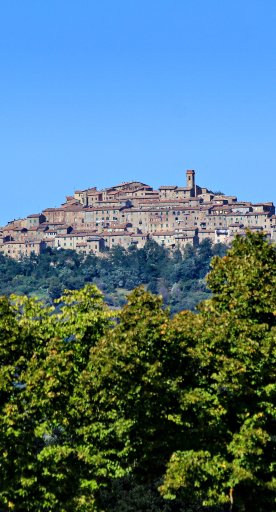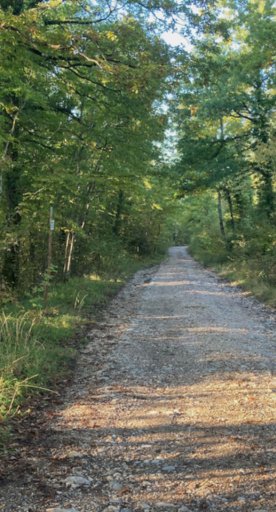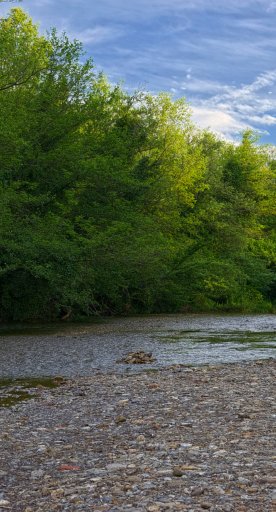Church of San Martino in Chiusdino
An ancient place of worship that tells of centuries of history and transformations
Among the characteristic stone alleys of Chiusdino stands the late Romanesque Church of San Martino. The earliest records of its existence date back to the 12ᵗʰ century, although the exact date of its construction is unknown and its origins are likely even older. First cited in 1165 and referred to as ecclesia Sancti Jacobi et Martini iuxta muros de Cluslino, that is, near the walls of Chiusdino, the church has subsequently undergone architectural works that have modified its original appearance. Today, it bears a simple stone façade. The portal, slightly offset from the center of the wall, is surmounted by a semicircular lunette and a quadrangular window.
Initially, the building was smaller and less elevated than it is today, with the door centrally located on the façade and possibly terminating with a semicircular apse.
The church belonged to the Benedictine monks of the Abbey of Santa Maria della Neve, or of Serena, a truly ancient monastery established by the Counts della Gherardesca in the early 11ᵗʰ century, arising on the southern slopes of the Chiusdino hill, of which all that remains recognizable today is the perimeter of the buildings.
In early 1196, Pope Celestine III decreed the Abbey would be passed from the Benedictine to the Vallombrosian Order, with the Church of Santi Giacomo e Martino following suit.
Over time, the arrival of Vallombrosian monks led to a significant expansion of the church and adjoining premises, which were transformed into an extensive monastery.
The Vallombrosian community of San Martino in Chiusdino had a very close relationship with the civic community. The Abbot was entrusted with custody of the box containing the seal of the community and the ballot boxes containing the names of those eligible for local offices and magistracies. The ritual of adding names into the ballot boxes took place in the Church of San Martino, in the presence of the Abbot, on the second Sunday of June each year.
The monastery underwent long periods of crisis between the 16ᵗʰ and 18ᵗʰ centuries due to wars, epidemics and economic difficulties. In the 18ᵗʰ century, the church was renovated to bring it in line with the fashion of the period, with the affixing of stucco wall decorations that gave it the sumptuous appearance it retained until the 1970s.
In 1785, by decree of Leopold II, Grand Duke of Tuscany and later Holy Roman Emperor, the Abbey of San Martino in Chiusdino was suppressed, the religious transferred to the Monastery of San Vigilio in Siena and the parish incorporated into the Provostry of San Michele Arcangelo in Chiusdino.









